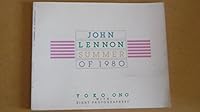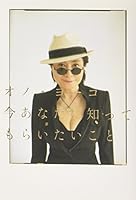Ray's Boathouse: Seafood Secrets of the Pacific Northwest
Select Format
Select Condition 
Book Overview
You Might Also Enjoy
Customer Reviews
Rated 5 starsRay's Boathouse
Not only is this a beautiful book but very informative about the Pacific Northwest's bounty of seafood. I work at an exclusive Country Club and took this book to our Chef; that week end he served a couple of recipes from it. Also I enjoyed reading the history of Ray's Boathouse.
0Report
Rated 5 starsSimply A Beautiful Seafood Cookbook
This is a rare find---a local cookbook which is first class, in both its layout and recipe accumen.The photography here is breathtaking, as it would appear the views are from this Puget Sound restraurant. Their is early into this book a two-page sunset which is simply breathtaking. This is followed by nice history of the restaurant, which now includes as one of the owners Jack Sikma of Sonics fame.Trying to find good Pacific...
0Report
Rated 5 starsRay's Boathouse: Seafood Secrets of the Pacific Northwest
Anyone who has had the opportunity to enjoy's Ray's Boathouse in Seattle knows what delicious food they serve! I was so excited to find that they had made a cookbook so that I could enjoy some of their dishes at home as well. From Dungeness Crab Cakes with Orange Tarragon Butter Sauce to Yakima Peach & Blackberry Crisp you will find making these Northwest treats easy and delicious for even the novice cook. The variety...
0Report





























































